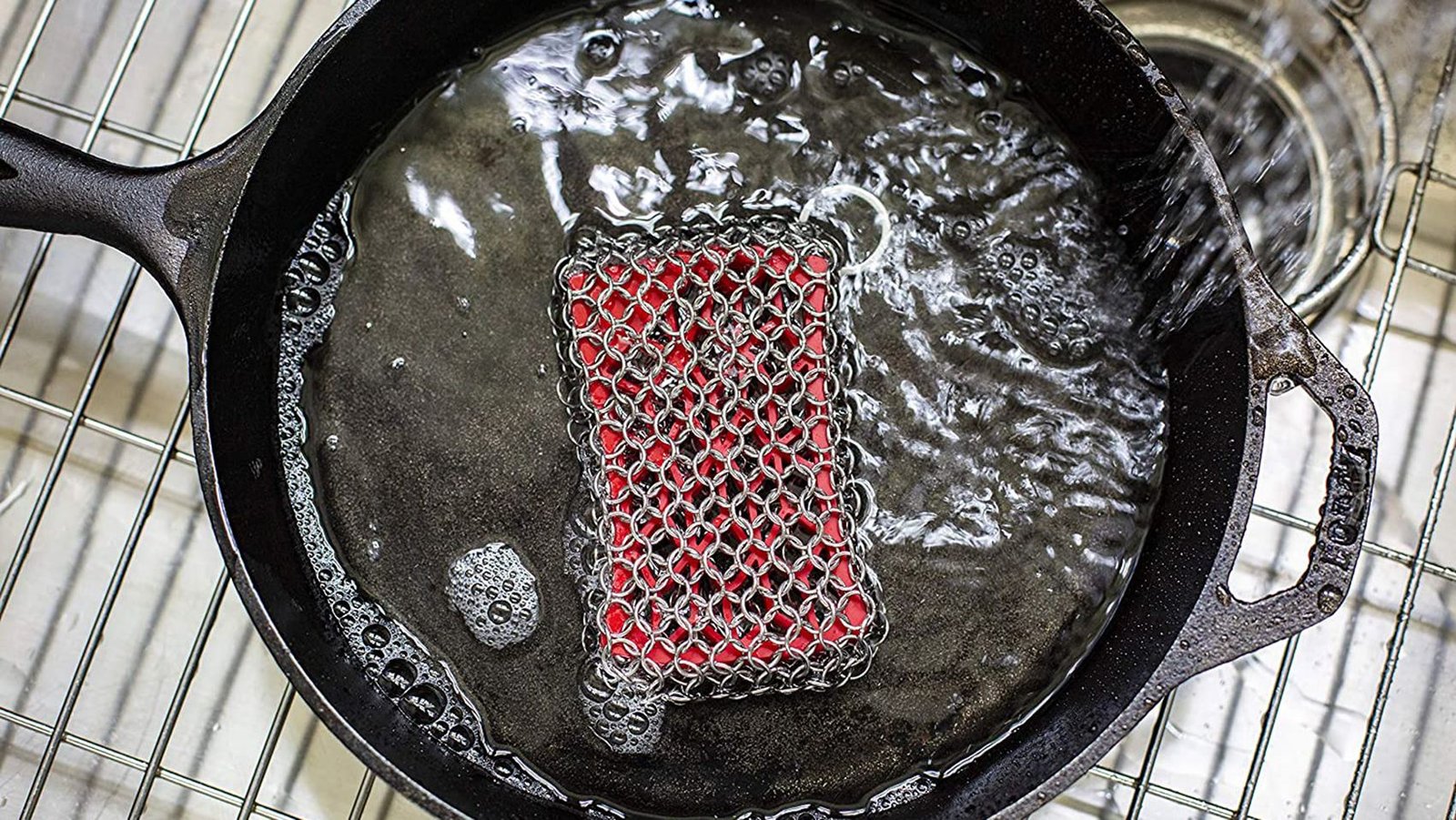A cast iron skillet is a cherished tool in many kitchens, known for its superior heat retention, unparalleled searing capabilities, and its ability to go from stovetop to oven with ease. However, the longevity and performance of your cast iron cookware heavily depend on proper care and cleaning. Unlike other types of cookware, cast iron requires a unique approach to cleaning and maintenance to preserve its seasoning and prevent rust. This comprehensive guide will walk you through the steps to clean your cast iron skillet, ensuring it continues to provide excellent culinary results for years to come.
Understanding Cast Iron Skillets
Before diving into the cleaning process, it’s important to appreciate what makes cast iron unique. Cast iron cookware is made from a single piece of iron, which offers exceptional heat distribution and retention. The “seasoning” on a cast iron skillet is actually a layer of polymerized oil, created through a process of heating oil on the pan’s surface. This layer is what gives cast iron its non-stick properties and protects it from rust. Maintaining this seasoning is crucial to the skillet’s performance and longevity.
Daily Cleaning Routine
After each use, your cast iron skillet should be cleaned to remove food particles and preserve its seasoning. Here’s how to do it:
- Let it cool: Always allow your skillet to cool down before cleaning to prevent thermal shock, which could lead to warping or cracking.
- Rinse with warm water: Rinse your skillet under warm running water. If there are stuck-on food bits, use a brush or a non-metal scrub pad to gently remove them. Avoid using soap if possible, as it can strip the seasoning from the skillet. If soap is necessary, opt for a mild one and use sparingly.
- Stubborn food removal: For particularly stubborn food residue, simmer a little water in the pan on the stove for a few minutes, then use a spatula to gently scrape away the residue. Be sure to dry the skillet thoroughly after this step.
- Dry thoroughly: Water is the enemy of cast iron, as it can lead to rust. After rinsing, dry your skillet completely with a clean towel. For extra assurance, you can place it on a warm stove for a few minutes to evaporate any remaining moisture.
- Re-oil lightly: Once the skillet is dry, apply a very thin layer of cooking oil to the entire surface, including the exterior and handle, using a paper towel or cloth. This helps maintain the seasoning and protect against rust.
Dealing with Rust and Restoring Seasoning
If your skillet has been neglected and rust spots have appeared, or if the seasoning has been stripped, it will need a more thorough restoration process.
- Remove rust: Use a fine grade steel wool to scrub away any rust on the skillet. This process will also strip most of the existing seasoning, so it will need to be re-seasoned.
- Clean thoroughly: Once the rust is removed, wash the skillet with warm water and a mild dish soap to remove any debris and residues. Dry it completely as outlined above.
- Re-season: To re-season, coat the entire skillet with a thin layer of high-smoke-point oil, such as canola or vegetable oil. Place it upside down in a preheated 350°F (175°C) oven, with a sheet of aluminum foil or a baking sheet below to catch any drips. Bake for one hour, then let it cool in the oven. This process polymerizes the oil, creating a new protective seasoning layer.
Maintenance and Storage Tips
- Store properly: Store your skillet in a dry place. If storing it for an extended period, consider placing a paper towel inside to absorb any moisture and prevent rust.
- Avoid acidic foods: Cooking highly acidic foods (like tomato sauce) can strip the seasoning off your skillet, especially if it’s new or recently re-seasoned. It’s best to use well-seasoned or alternative cookware for these dishes until your skillet’s seasoning is well-established.
- Regular use: Regular use is one of the best ways to maintain a cast iron skillet. Each use adds to the seasoning, enhancing its non-stick properties and overall performance.
Conclusion
Cleaning and maintaining a cast iron skillet may seem daunting at first, but with the right techniques, it becomes a simple part of your kitchen routine. The key is to avoid harsh detergents and excessive water exposure, dry the skillet thoroughly after each wash, and maintain the seasoning with light oiling. By following these steps, you’ll ensure your cast iron skillet remains a reliable, non-stick, and rust-free tool in your culinary arsenal, capable of cooking delicious meals for many years to come. Remember, a well-cared-for cast iron skillet isn’t just cookware; it’s a legacy that can be passed down through generations, each meal adding to its story and patina





